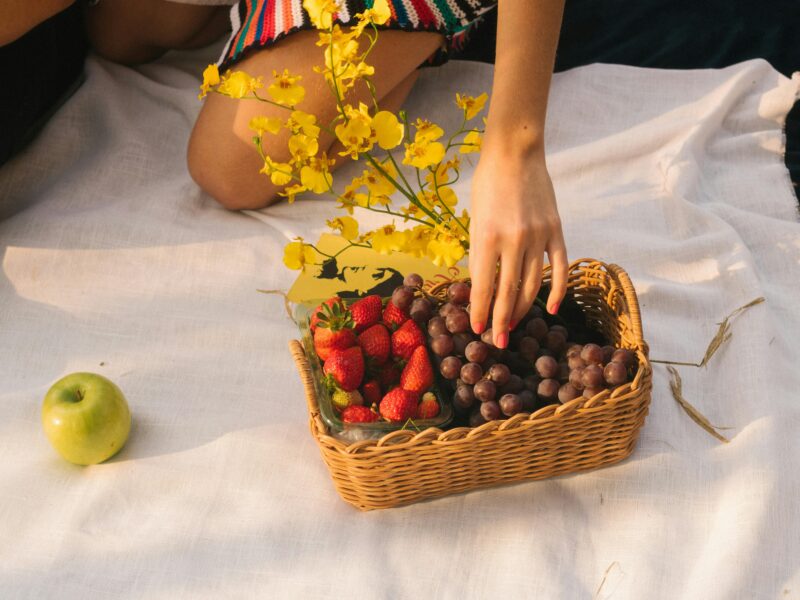When temperatures drop and frost covers the ground, most gardeners pack away their tools and wait for spring. But winter doesn’t have to mean the end of your gardening season. With the right plants, techniques, and a little planning, you can enjoy greenery, blooms, and even fresh produce all year long.
Winter gardening isn’t just possible—it’s magical. The stillness of the cold season highlights the beauty of structure, texture, and resilience. Here’s how to make your garden come alive, even when it’s cold outside.
1. Embrace Cold-Hardy Vegetables
You might be surprised to learn how many vegetables thrive in cool weather. In fact, some crops taste even better after a touch of frost. Cold-hardy vegetables develop sweeter, richer flavors when exposed to chilly nights.
Try growing:
- Kale: One of the toughest greens around, kale thrives in cold weather and keeps producing through light snow.
- Spinach: Fast-growing and resilient, spinach handles freezing temperatures with ease. Harvest outer leaves as you need them.
- Carrots: Once the ground freezes, cover carrots with straw or mulch, and they’ll store naturally in the soil for months.
- Brussels Sprouts: These hearty plants not only survive frost but improve in flavor after exposure to cold.
- Leeks and Parsnips: Both can overwinter in the ground and be harvested as needed.
Plant these crops in late summer or early fall so they’re well established by the time winter arrives. If you live in a milder climate, you can even plant new crops under protective covers for steady harvests all season.
2. Use Season Extenders
When growing food in winter, protection is everything. A few simple structures can make the difference between wilted plants and thriving growth.
- Cold frames: These small, box-like structures trap heat from the sun and protect plants from frost. You can build one using old windows or clear plastic panels.
- Row covers: Lightweight fabric draped over hoops keeps out frost and wind while allowing light and moisture through.
- Greenhouses: Even a small, unheated greenhouse can maintain warmer temperatures for herbs, greens, and seedlings.
These tools create mini microclimates that extend your growing season and keep plants cozy through the coldest months.
3. Grow Indoors for Continuous Harvests
If outdoor gardening isn’t an option, bring the garden inside. Many herbs and leafy greens thrive indoors when given adequate light and warmth.
Try growing basil, parsley, chives, cilantro, and thyme on a sunny windowsill. For vegetables, lettuce, spinach, and microgreens grow quickly and take up little space.
If you lack natural sunlight, invest in LED grow lights. They’re energy-efficient and provide the right spectrum of light for plant growth. Keep the temperature between 60–70°F and water sparingly—indoor plants prefer consistent but not soggy soil.
4. Choose Evergreen Shrubs and Winter Blooms
Winter gardens aren’t only about vegetables—ornamental plants can shine just as bright. Evergreen shrubs and winter-blooming flowers provide structure and color when most plants go dormant.
Some cold-weather favorites include:
- Camellias: These stunning shrubs bloom in shades of pink, red, and white throughout winter.
- Hellebores (Christmas Rose): With nodding blossoms in soft pastels, hellebores bring quiet beauty to shaded spots.
- Winter Jasmine: Its bright yellow flowers add cheerful color to bare winter landscapes.
- Evergreens like boxwood, holly, and juniper: These maintain their color and shape all season long, creating a strong backdrop for your winter garden.
Mix evergreen shrubs with ornamental grasses or berries for contrast and interest.
5. Protect and Prepare for Spring
Winter gardening isn’t just about growing—it’s also about preparing. Use this time to protect perennials, prune dormant plants, and improve your soil for next year.
Add a layer of mulch to insulate roots and prevent freeze-thaw cycles that damage soil structure. Clean and sharpen tools, repair raised beds, and plan your seed orders for spring.
If snow is heavy, gently brush it off shrubs and trees to prevent branches from breaking. For container plants, move pots closer to walls or wrap them in burlap to shield roots from freezing.
6. Enjoy the Beauty of the Season
Winter gardens have a quiet elegance all their own. The glisten of frost on leaves, the subtle colors of evergreens, and the soft shapes of snow-covered branches create a peaceful, natural charm.
Take time to appreciate your garden in this slower season. Feed birds, observe the wildlife that remains active, and enjoy the calm before the flurry of spring growth begins.
Winter doesn’t mark the end of gardening—it marks a new phase of creativity and resilience. By growing cold-tolerant plants, using protective structures, and adding evergreens and blooms, you can turn your garden into a year-round sanctuary.
Even when the air is cold and the ground seems still, life is quietly thriving beneath the surface. With a little planning and care, your garden can glow with winter magic—reminding you that beauty never truly hibernates.


